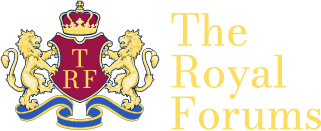- Joined
- Aug 13, 2004
- Messages
- 27,478
- City
- São Paulo
- Country
- Brazil
This thread has been created to discuss and show all the places connected to royalty in Portugal, which can be a (former) palace, statue, castle's, etc. Have fun!
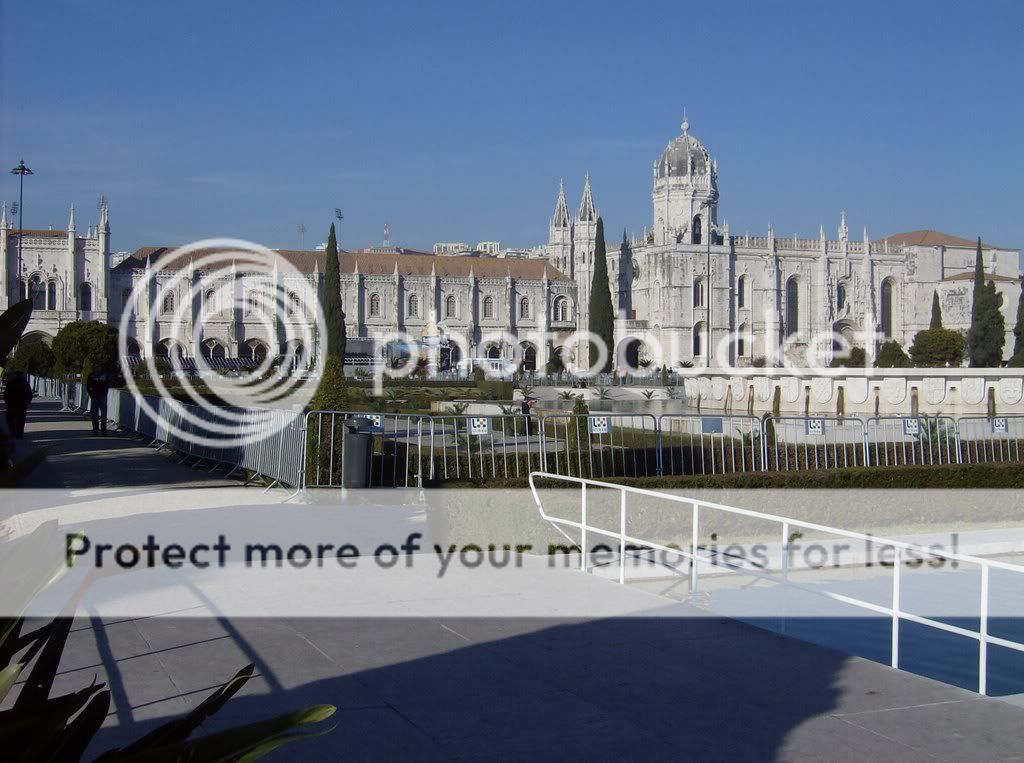

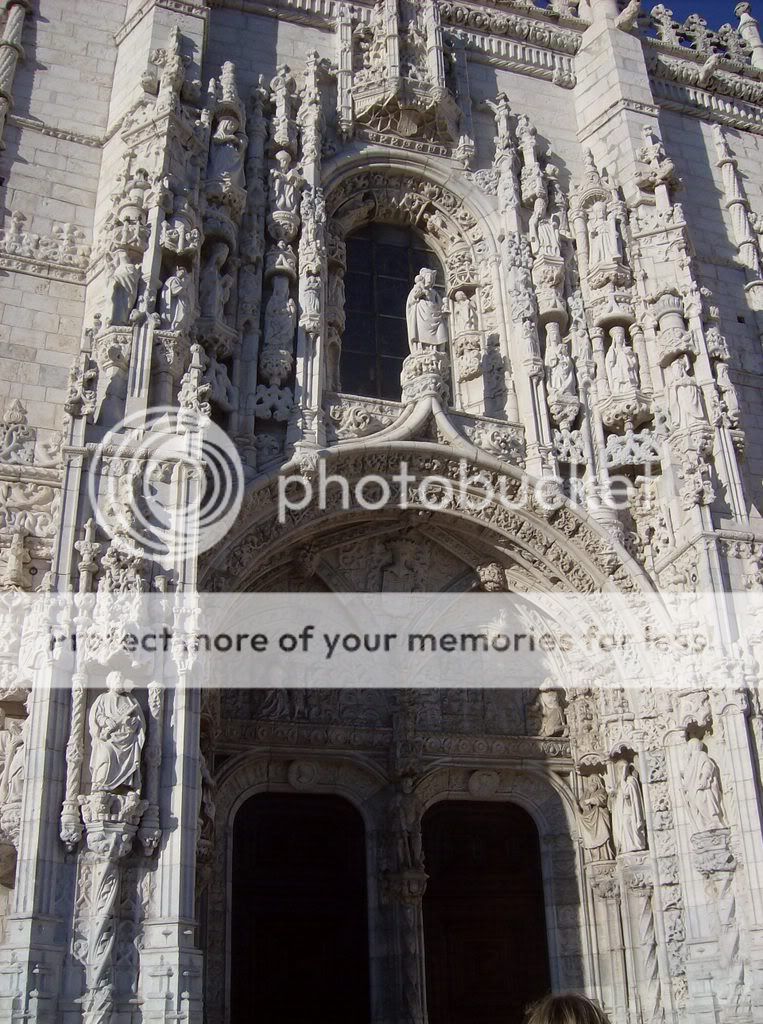


One of the pictures was taken from the top of the monument for the Discoveries, dispite my fear of hights!

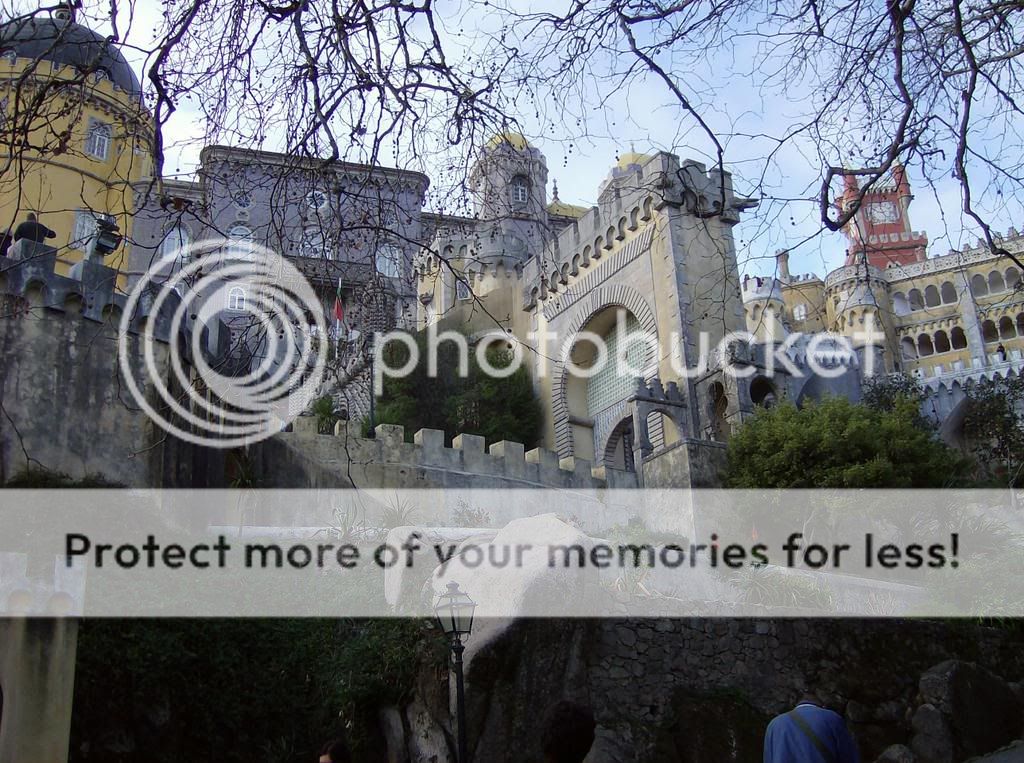

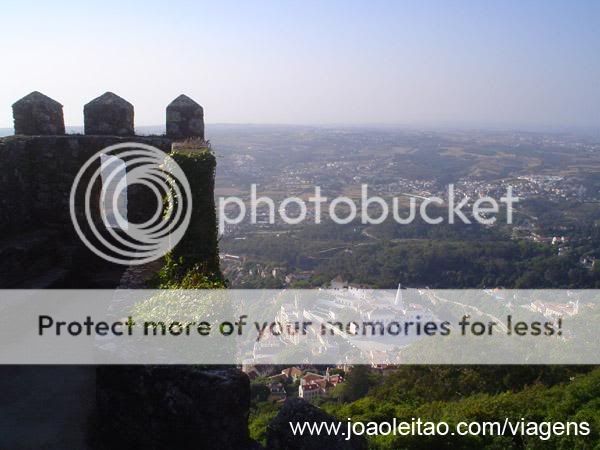
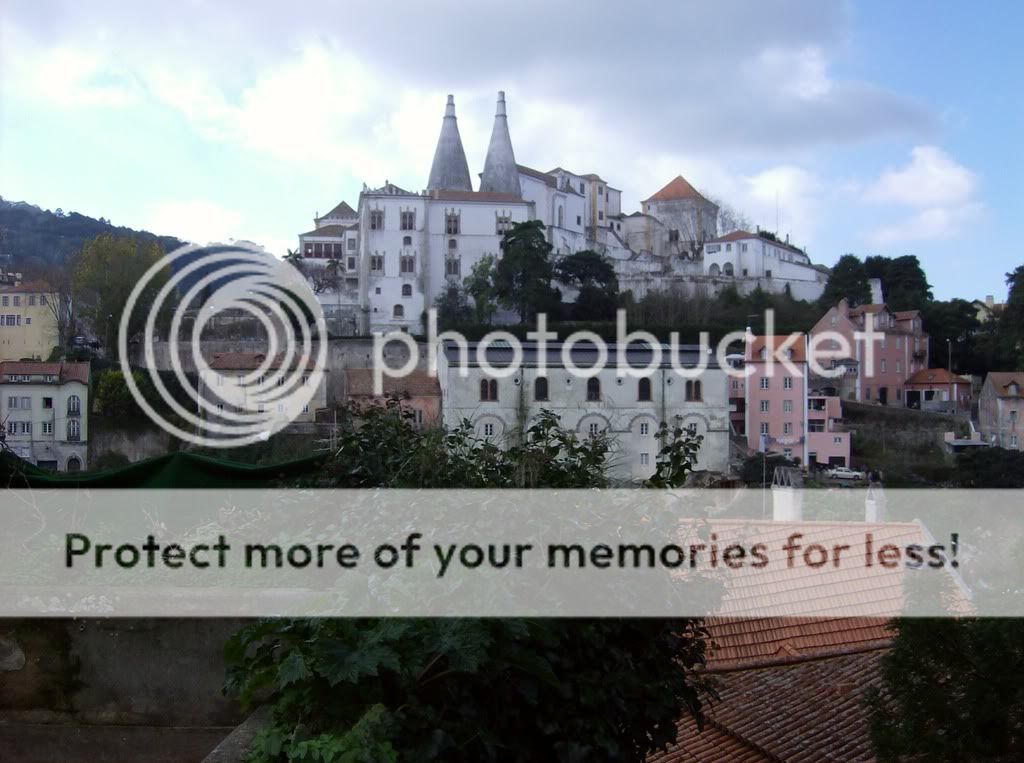
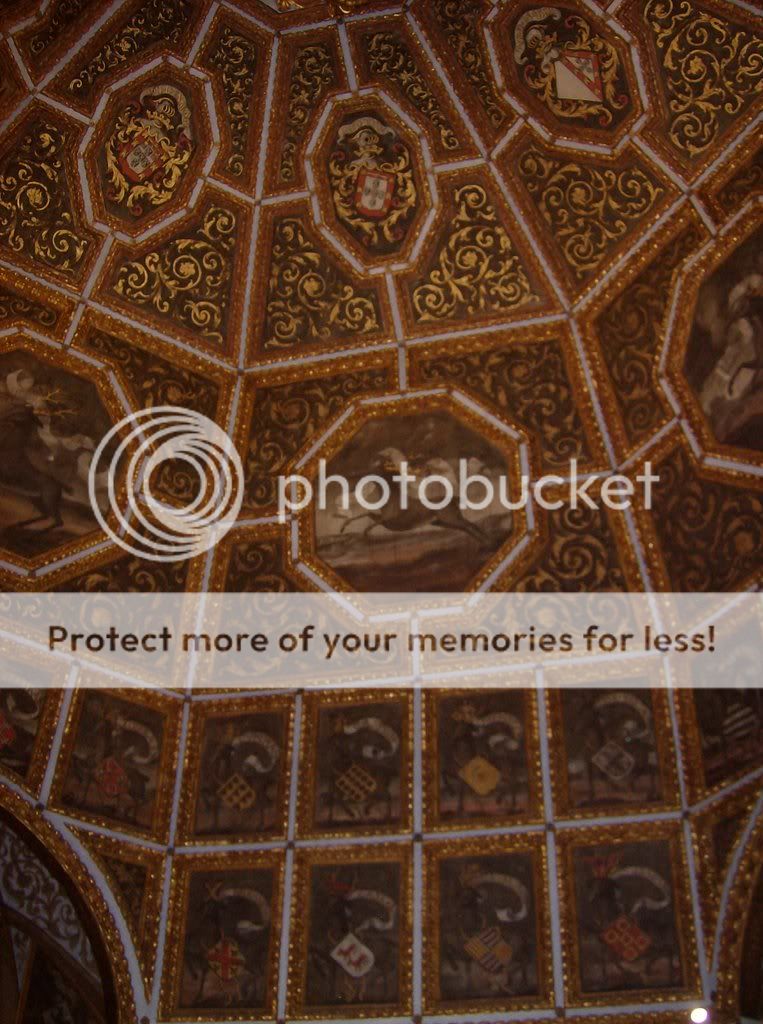
Marengo, that happened to me too, first time I went to Sintra! We climbed, climbed and climbed... we were lost and we ended at the Moor Castle.Well, I have been to Sintra and the Palacio de Pena. One of the people in my group assured us that it was only a small walk from the village to the Castle, so we walked...and walked and walked and... for one hour and a half, up the mountain in bad shoes! Anyway, we ended up at a Moorish castle first, from wish we could see the Palacio de Pena.
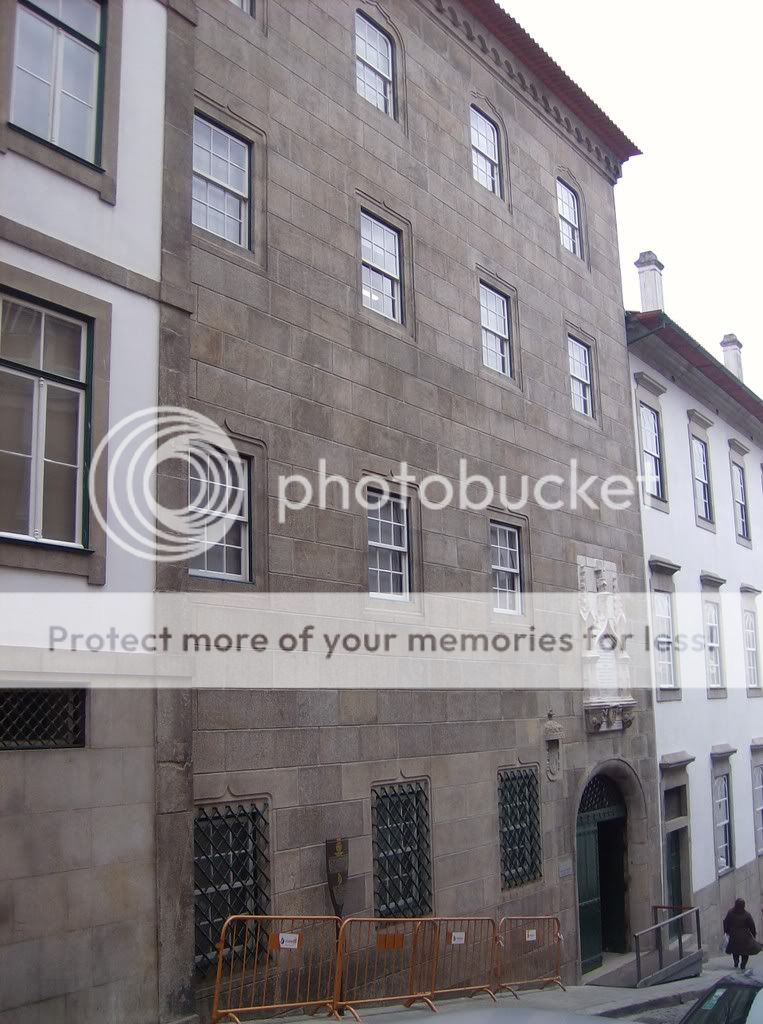
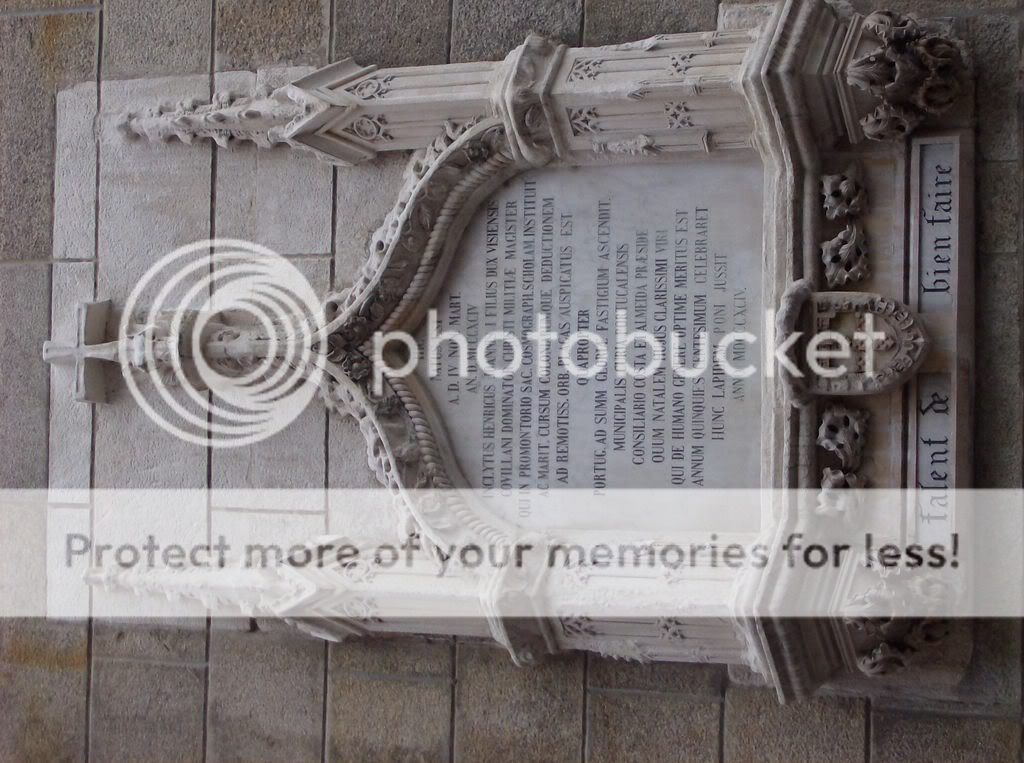
Nor would it be much of a help, since it's all written in LatinA plate above the door with some information, saly my knowledge of the Portuguese language is not sufficient to be able to translate it
The press states that this "villa" is owned by D. Duarte... last year, he made a complaint against the noise coming from the bars on the beach and he refered to it as being his own property... it's located on the bank of the river Arade.Does the Duke own the villa himself or is it owned by the Braganca foundation? I thought he only owned his house in Sintra (which was already somewhat controversial I believe to remember)
Yes, you're getting the right villa... the house in Sintra was bought by the Foundation, right before the royal family was allowed to come back to Portugal.Didn't he buy the house in Sintra for a price that was under the market value, according to some? When the dictatorship fell I believe? Or am I mixing up villa's here?
Yes, you're getting the right villa... the house in Sintra was bought by the Foundation, right before the royal family was allowed to come back to Portugal.
This one, on the other hand, is in the Algarve. I believe it was bought just after the children were born, so that they could have a nice place to spend their holidays in family. Here's another couple of photos, from Flash magazine:
http://img501.imageshack.us/img501/1808/16872535c09d2csw1.jpg
http://img501.imageshack.us/img501/5966/16872536de2afdko2.jpg
Elaborating... Well, of course there are relations between the Fundation and D. Duarte and there are actually several sources stating that two years after the Ban Law was abolished the royal family was presented with a residence by the Fundação Casa de Bragança. I don't have the time to look for it now, though you're probably right on that it's not the same house in Sintra after all.What a confusion you are elaborating
Elaborating... Well, of course there are relations between the Fundation and D. Duarte and there are actually several sources stating that two years after the Ban Law was abolished the royal family was presented with a residence by the Fundação Casa de Bragança.
King D. Carlos bed and work rooms, at Palácio das Necessidades (photos from the early 20th century):
http://hemerotecadigital.cm-lisboa....9_1900/N3/N3_master/JPG/N3_0008_branca_t0.jpg
